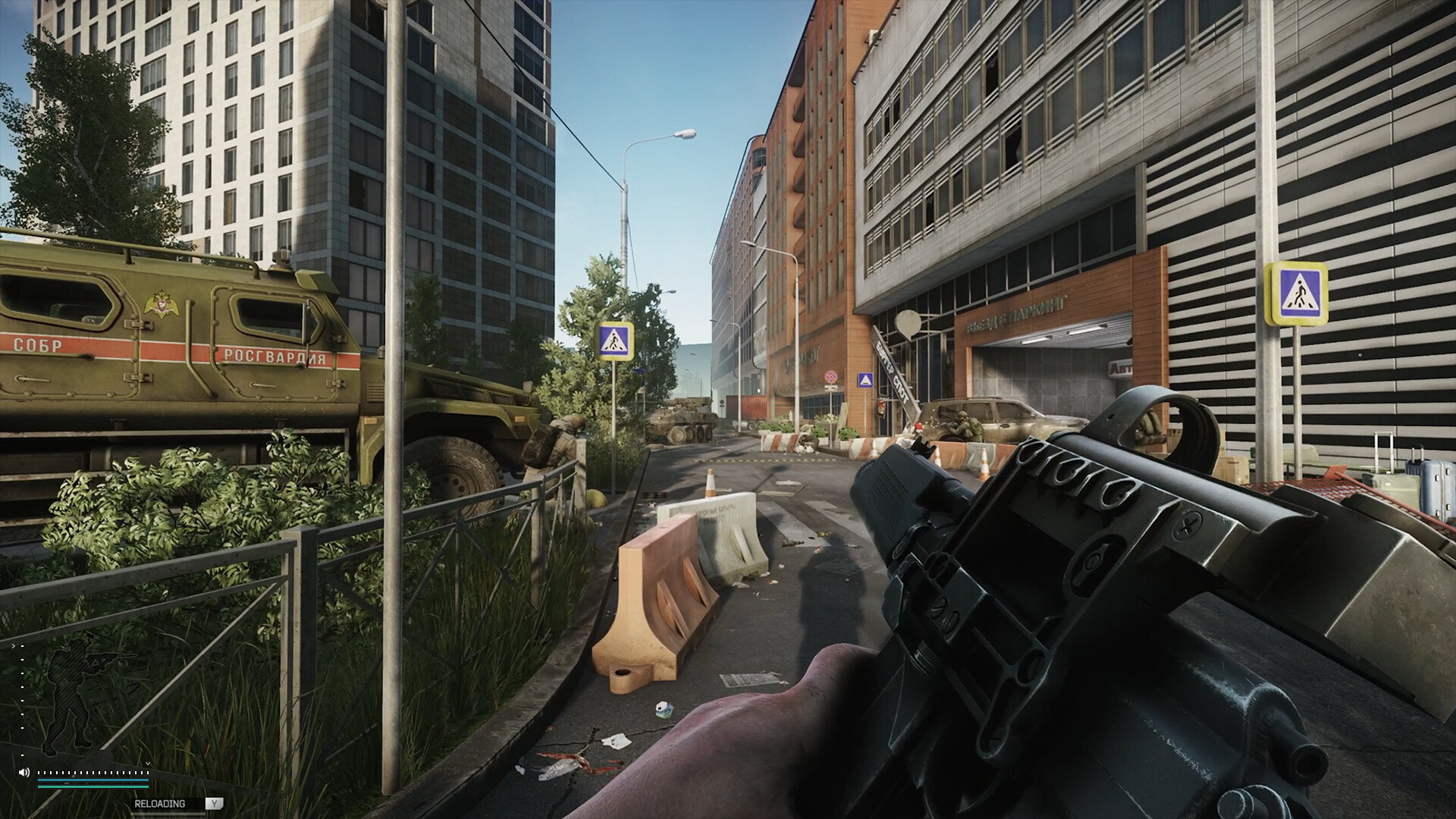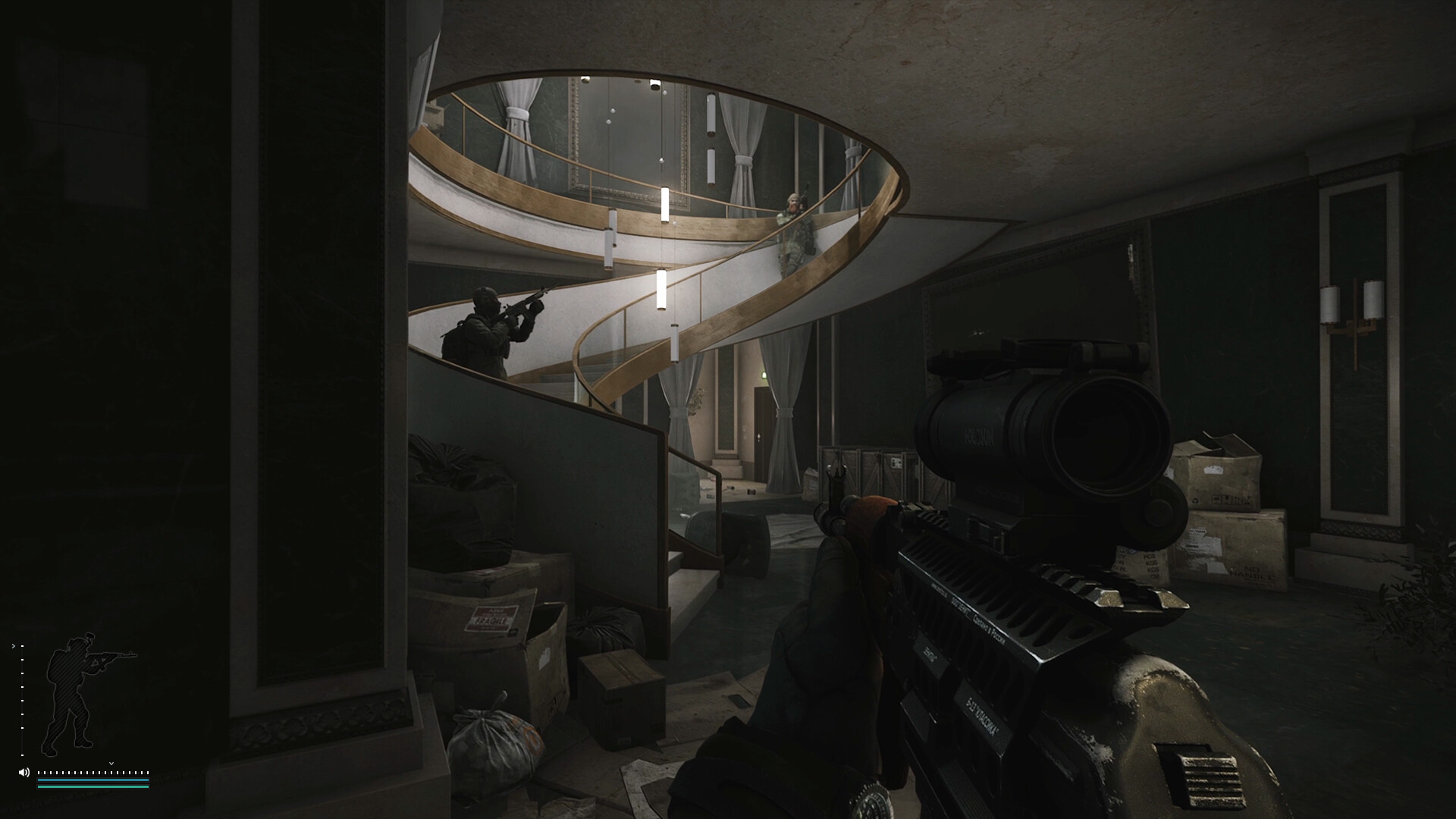Discover how to pick between Mini-ITX and Micro-ATX form factors, with key considerations such as size, performance, and more.
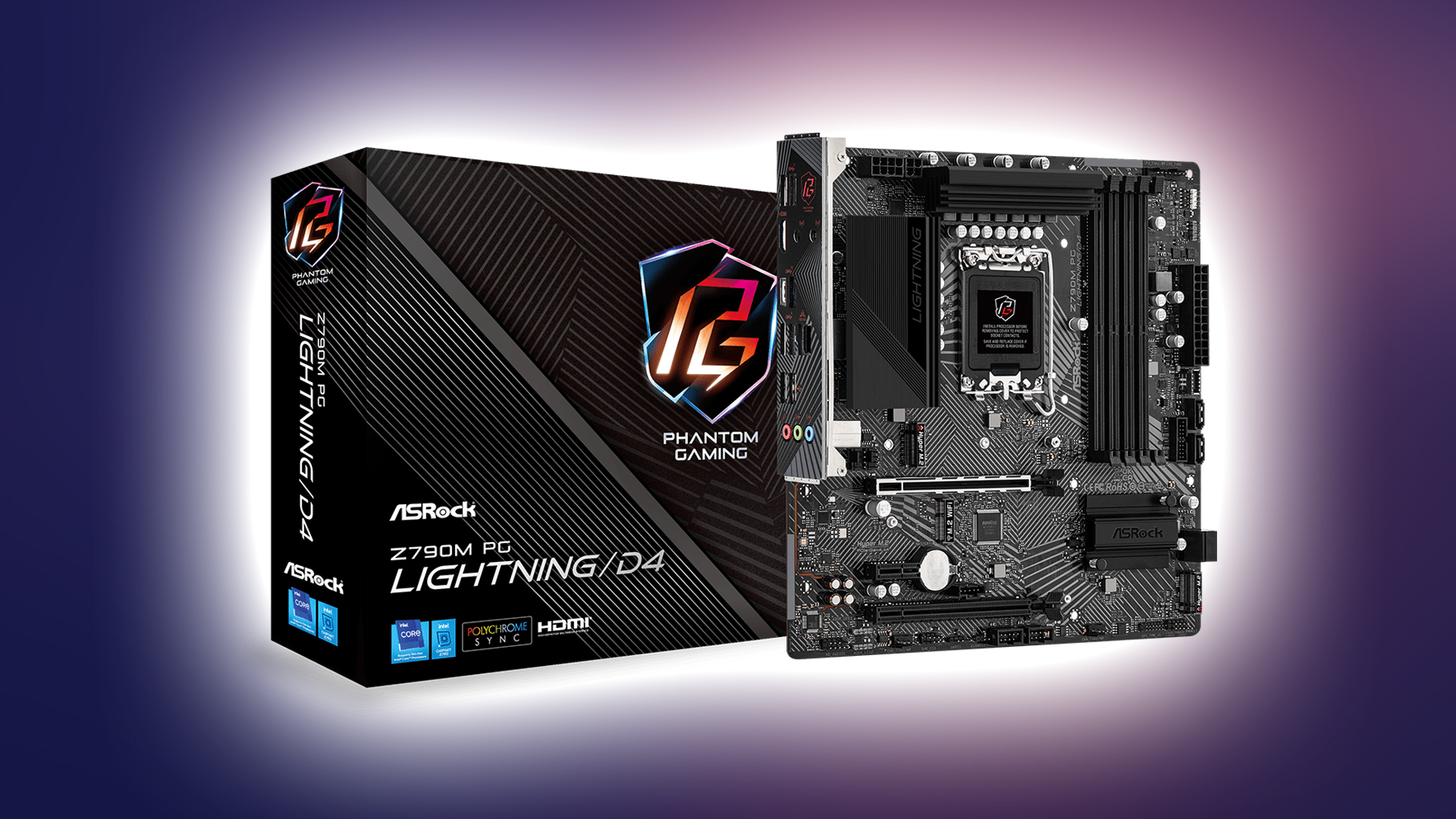
Small form factor builds have always been a go-to choice for users who want the most performance alongside portability. When selecting PC parts specifically for the Mini-ITX form factor, things quickly become complicated, as most of the parts are either out of stock or excessively overpriced.
This is also evident across the Micro-ATX form factor. Both platforms have their advantages and disadvantages for compact builds, but they serve different needs and budgets. The article below will help you select the correct one according to your needs.
Size Comparison: Mini-ITX and Micro-ATX
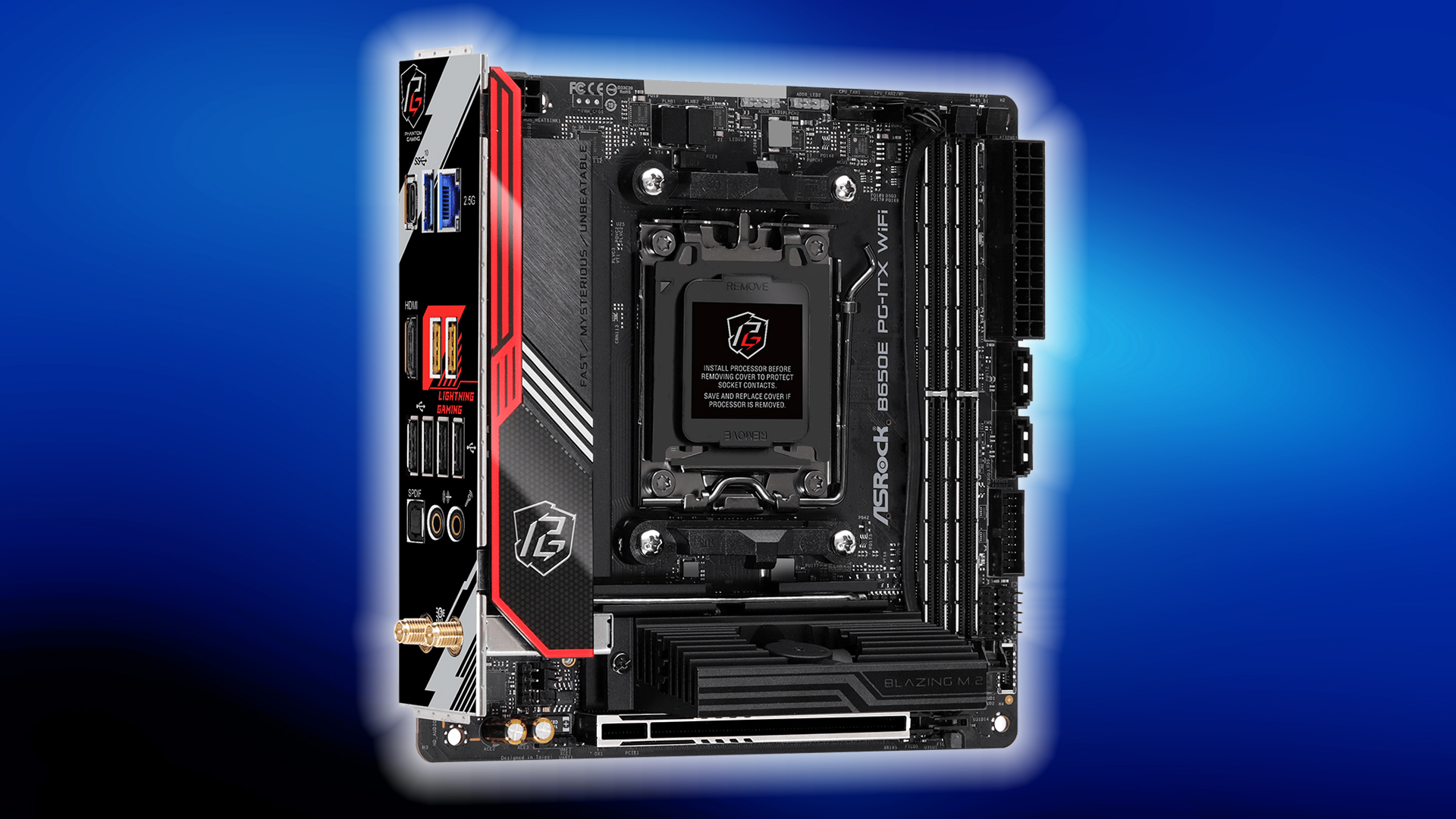
Mini-ITX motherboards measure 6.7 x 6.7 inches, and Micro-ATX boards are around 9.6 x 9.6 inches. Typically, Mini-ITX cases range from 5 to 12 liters, placing them in the ultra-portable category, and sometimes they are even smaller than a laptop. Micro-ATX cases occupy less than 20 liters, but offer more internal space, and remain significantly smaller than existing ATX builds.
Expansion and Features
The Mini-ITX platform offers the fewest expansion options, as the space within the chassis doesn’t allow much for customization. Due to design choice, the Mini-ITX motherboard provides only two RAM slots and one PCIe slot, which significantly limits the user’s upgradability.
On the bright side, Mini-ITX motherboards today offer high-speed connectivity via USB 3.2+, so those looking for expansion may find themselves purchasing external dongles to achieve this. Additionally, today’s Mini-ITX, Micro-ATX, and E-ATX boards offer capable integrated Wi-Fi and Bluetooth support, so users don’t need to purchase these components separately.
Micro-ATX offers up to four expansion slots and four RAM slots, allowing users to utilize those PCIe slots and plug in capable NVMe devices, capture cards, or even a 10-gigabit Ethernet adapter. The Micro-ATX platform suits best when the user wants to build a portable yet powerful editing rig with a serious hardware configuration.
Performance and Cooling
When using a Mini-ITX platform, several thermal considerations should be kept in mind. For starters, the space within is extremely low, and the airflow needs to be present alongside components, wires, etc. Many prefer liquid cooling and follow a “set-it-and-forget-it” approach.
Maintenance is also crucial, as opening up the platform, dusting the equipment, and cleaning the radiators, assuming it’s a liquid-cooled system, can be a significant headache. If you opt for air cooling, external airflow can help clear out dust more easily. Of course, you have to open it once or twice, but you get the idea.
On the Micro-ATX side, while most of the challenges remain the same, the larger space allows for more airflow and breathing room for your hardware. As a result, users can opt for more powerful hardware and run it, provided they have proper cooling options to support their builds.
Lastly, power supply compatibility is a priority. Micro-ATX cases typically support standard ATX power supplies, which are more affordable and usually in stock. Mini-ITX cases require compact SFX or SFX-L PSUs, which can add to the overall cost, as the good ones are mostly 80+ platinum, which carries a price premium.
Cost Considerations
As mentioned earlier, the Mini-ITX platform can become quite expensive, as the motherboards’ costs are simply on the higher side. Even a budget H610 or A520 socket motherboard in the Mini-ITX form factor would be more than a good Micro-ATX motherboard. A niche audience, higher price, and the platform’s overall learning curve make it expensive for end users.
Coming to the Micro-ATX form factor, things are on the positive side, as motherboards are generally inexpensive and can become pricy, depending on your budget. Performance and quality also scale linearly, unlike with Mini-ITX boards.
You can use a regular ATX power supply with your Micro-ATX cabinet, but you need an SFF one with the Mini-ITX one.
Which Should You Choose?
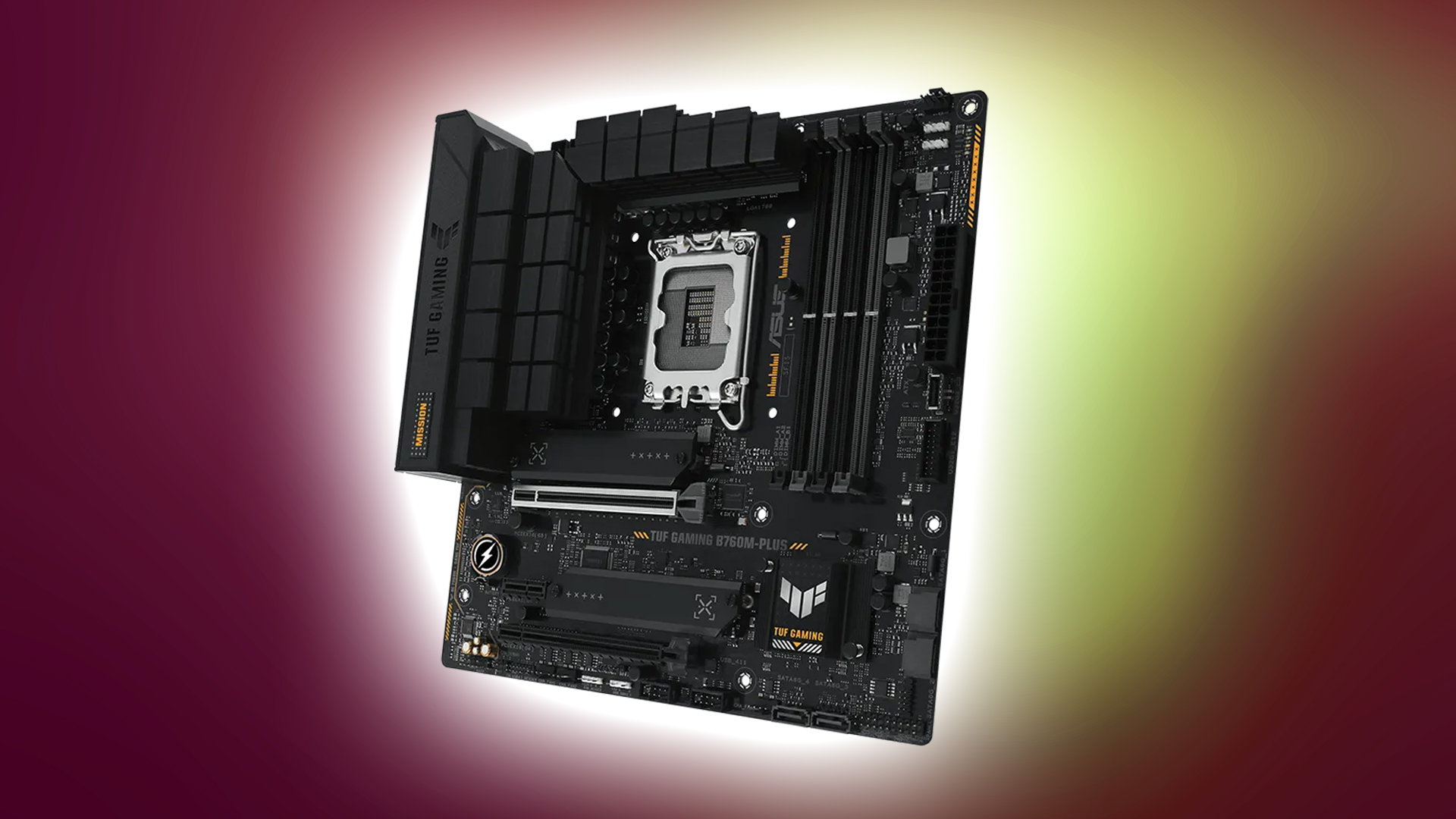
Based on real-world use cases, builds, and other factors, below are a few criteria you can choose from.
Choose Mini-ITX if you:
- Prioritize maximum portability.
- Have limited desk space.
- Build for travel or LAN parties.
- Cool with paying a premium for the compact size.
- You don’t need multiple expansion cards.
Choose Micro-ATX if you:
- Want expandability without the full ATX size.
- Prefer budget-friendly options.
- Need multiple PCIe slots.
- Plan for future upgrades.
- Requires better cooling for high-performance components.
Mini-ITX vs Micro-ATX – Quick Comparison Table
Below is a table that provides additional real-world PC build cases and compares the two accordingly.
| Features | Mini-ITX | Micro-ATX |
| Motherboard Size | 6.7 x 6.7 inches | 9.6 x 9.6 inches |
| Typical Case Size | 5 – 12 liters (ultra-compact) | ~20+ litres (small, but spacious) |
| RAM Slots | Up to 2 | Up to 4 |
| PCIe Slots | 1 (usually x16) | Up to 4 (x16, x1, etc.) |
| Expansion Capability | Very limited | Moderate to high |
| Cooling Options | Restricted airflow, SFF coolers, or AIOs needed | Better airflow and cooling compatibility |
| Power Supply Support | SFX / SFX-L (compact, pricier) | Standard ATX (widely available, cheaper) |
| Price of Motherboards | High (even for budget chipsets) | Initially lower, but increases as required. |
| Ideal For | Travel builds, LAN rigs, and compact HTPCs | Budget gaming PCs, home servers, and editing rigs |
| Wi-Fi/Bluetooth Support | Usually included | Usually included |
| Ease of Maintenance | Difficult (tight space, dust buildup) | Easier access and airflow |
| Portability | Extremely portable – fits in a backpack or suitcase | Portable but not ultra-light |
Conclusion
In short, M-ITX would be an incredible home server, being very small, silent, and power-saving; however, it would be challenging to maintain. The M-ATX would make an astonishing home edge router, capable of serving as a NAS, hosting a media server, running Proxmox with dedicated VMs, and being set and forgotten, with few initial cleaning sessions required.
There can be many use cases, depending upon what you want, but these are just examples of how commonly these builds are applied. M-ITX can be carried alongside a flight, even inside a large luggage bag or suitcase. Even all by itself, as most M-ITX cases are designed to resemble a suitcase. M-ATX is more of a mid-2000s, sophisticated yet powerful type of small PC.
We provide the latest news and “How To’s” for Tech content. Meanwhile, you can check out the following articles related to PC GPUs, CPU and GPU comparisons, mobile phones, and more:
- 5 Best Air Coolers for CPUs in 2025
- ASUS TUF Gaming F16 Release Date, Specifications, Price, and More
- iPhone 16e vs iPhone SE (3rd Gen): Which One To Buy in 2025?
- Powerbeats Pro 2 vs AirPods Pro 2: Which One To Get in 2025
- RTX 5070 Ti vs. RTX 4070 Super: Specs, Price and More Compared
- Windows 11: How To Disable Lock Screen Widgets
 Reddit
Reddit
 Email
Email

